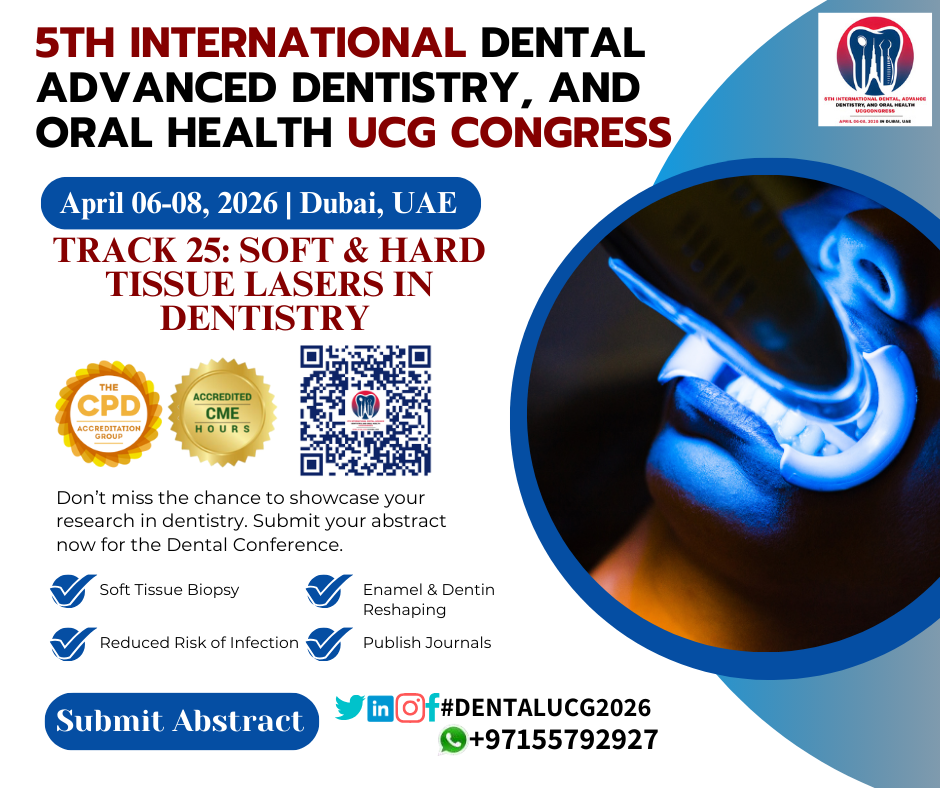Soft & Hard Tissue Lasers in Dentistry
Dental lasers have revolutionized oral healthcare, offering precision, efficiency, and enhanced patient comfort. The technology is broadly categorized into soft tissue lasers and hard tissue lasers, each serving specific applications in dental treatments.
1. Soft Tissue Lasers
Soft tissue lasers are designed to work on gums and other soft tissues in the oral cavity. They operate using wavelengths that target water and hemoglobin, making them highly effective for procedures involving soft tissues.
Key Applications
- Gingivectomy and Genioplasty: For reshaping and removing excess gum tissue.
- Frenectomy: Treating tongue-tie or lip-tie conditions.
- Periodontal Therapy: Treating gum diseases by eliminating diseased tissue and reducing bacteria.
- Soft Tissue Biopsies: Precise removal of suspicious soft tissue lesions for diagnosis.
- Aesthetic Procedures: Enhancing gum lines for cosmetic purposes.
Advantages
- Minimal bleeding due to hemostatic effects.
- Reduced need for sutures.
- Lower risk of infection as lasers sterilize the treatment area.
- Faster healing and reduced postoperative discomfort.
2. Hard Tissue Lasers
Hard tissue lasers are used for procedures involving teeth and bone. These lasers have wavelengths absorbed by hydroxyapatite and water, making them ideal for targeting enamel, dentin, and bone.
Key Applications
- Cavity Preparation: Removing decay without affecting healthy tooth structure.
- Enamel Etching: Preparing teeth for bonding or sealants.
- Bone Reshaping: During surgical procedures or implant placements.
- Treatment of Hypersensitivity: Sealing dentinal tubules to alleviate sensitivity.
Advantages
- Reduced need for anesthesia, as procedures are often painless.
- Preserves more natural tooth structure.
- Precise cutting, minimizing damage to surrounding tissues.
- No vibrations, reducing patient anxiety.
Comparative Features
Feature | Soft Tissue Lasers | Hard Tissue Lasers |
|---|
Target Area | Gums and other soft tissues | Teeth and bone |
Primary Wavelength | 810 nm to 1064 nm | 2780 nm to 2940 nm |
Applications | Periodontics, cosmetic procedures, biopsies | Cavity preparation, bone reshaping |
Benefits | Reduced bleeding, faster healing | Minimal invasiveness, pain-free procedures |
Challenges and Considerations
- Cost: Laser equipment is expensive, which can increase treatment costs.
- Learning Curve: Dentists require specialized training to operate lasers effectively.
- Limitations: Not suitable for all dental procedures; traditional methods may still be necessary.
Conclusion
Soft and hard tissue lasers have become indispensable tools in modern dentistry, offering unparalleled precision and patient comfort. Their adoption continues to grow as technology advances, making dental treatments more efficient and less invasive.





